Home>Gardening & Outdoor>Landscaping Ideas>What Sand To Put On Top Of Artificial Grass
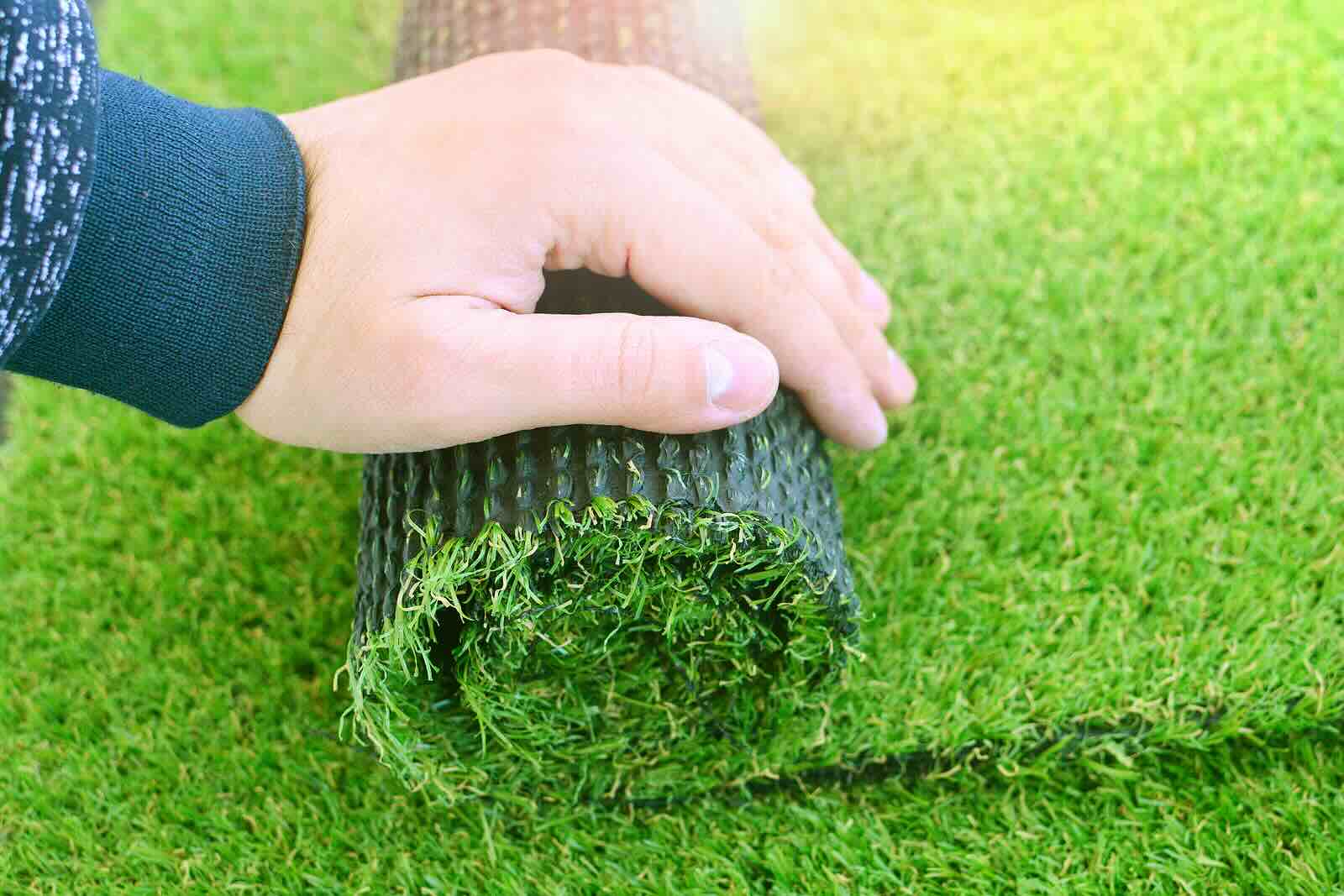

Landscaping Ideas
What Sand To Put On Top Of Artificial Grass
Modified: October 20, 2024
Discover the best sand for landscaping on top of artificial grass with our expert tips and ideas. Enhance your outdoor space with our landscaping ideas.
(Many of the links in this article redirect to a specific reviewed product. Your purchase of these products through affiliate links helps to generate commission for Storables.com, at no extra cost. Learn more)
Introduction
Welcome to the world of artificial grass, where lush green lawns can be enjoyed without the hassle of mowing, watering, or fertilizing. While artificial grass offers numerous benefits, such as low maintenance and year-round appeal, there are ways to enhance its performance and longevity. One such method involves the strategic application of sand on top of the artificial grass.
In this comprehensive guide, we will explore the benefits of using sand on artificial grass, the various types of sand suitable for this purpose, and the proper techniques for application. Additionally, we will delve into the essential aspects of maintaining artificial grass with sand, providing you with valuable insights to ensure the lasting beauty and functionality of your artificial lawn.
Whether you are a homeowner looking to revamp your outdoor space or a landscaping enthusiast seeking to optimize artificial grass installations, this article will equip you with the knowledge and tips to make the most of sand on artificial grass.
Key Takeaways:
- Sand infill for artificial grass enhances stability, drainage, and lifespan, creating a low-maintenance and resilient outdoor space. Choose the right sand type and maintain it for long-lasting beauty and functionality.
- Applying sand on artificial grass improves stability, drainage, and cooling while reducing compaction, enhancing lifespan, and offering a comfortable surface. Proper maintenance ensures lasting benefits for your outdoor oasis.
Read more: What Kind Of Sand To Put On Grass
Benefits of Using Sand on Artificial Grass
Applying sand on artificial grass offers a myriad of benefits that contribute to the overall performance and aesthetics of the synthetic turf. Here are some compelling reasons to consider incorporating sand into your artificial grass installation:
- Enhanced Stability: By infilling sand into the synthetic fibers of the artificial grass, you can significantly improve its stability and resistance to shifting or displacement. This is particularly advantageous in high-traffic areas or regions prone to strong winds, as the sand acts as a stabilizing agent, keeping the grass blades upright and the entire surface firmly anchored to the ground.
- Optimized Drainage: Sand infill facilitates efficient drainage on artificial grass surfaces. When rain or irrigation water seeps through the grass, the sand helps distribute the moisture evenly, preventing waterlogging and promoting proper drainage. This ensures that your artificial lawn remains dry and usable even after heavy rainfall, contributing to a cleaner and more functional outdoor space.
- Reduced Compaction: Over time, artificial grass can experience compaction due to foot traffic and external pressures. The presence of sand infill mitigates this issue by providing a cushioning effect, minimizing compaction and maintaining the resilience of the synthetic turf. As a result, the grass retains its natural look and feel, offering a comfortable and inviting surface for various activities.
- Improved Cooling: Sand-infilled artificial grass exhibits superior cooling properties, especially in sunny environments. The sand particles dissipate heat more effectively than non-infilled turf, reducing surface temperatures and enhancing comfort for individuals and pets. This makes sand-infilled artificial grass an appealing choice for outdoor spaces where heat management is a priority.
- Enhanced Lifespan: The presence of sand infill can extend the lifespan of artificial grass by minimizing wear and tear. By providing additional support to the synthetic fibers and reducing friction, the sand helps preserve the structural integrity of the turf, ensuring long-lasting beauty and functionality.
These benefits underscore the value of using sand as an infill material for artificial grass, offering a holistic approach to enhancing the performance, durability, and visual appeal of synthetic turf installations.
Types of Sand for Artificial Grass
When it comes to selecting the most suitable sand for infilling artificial grass, several options are available, each with unique characteristics and applications. Understanding the different types of sand can help you make an informed decision based on your specific needs and preferences. Here are some common types of sand used for artificial grass infill:
- Silica Sand: Widely recognized for its versatility and resilience, silica sand is a popular choice for infilling artificial grass. Its round, smooth particles create a stable and supportive base for the synthetic turf, enhancing drainage and preventing compaction. Silica sand is known for its durability and ability to withstand heavy use, making it an ideal infill material for high-traffic areas.
- Envirofill: Envirofill is a premium infill option that offers advanced performance and environmental benefits. Composed of rounded quartz core sand coated with an antimicrobial protection layer, Envirofill exhibits exceptional durability and resistance to microbial growth. Additionally, its non-absorbent properties contribute to efficient drainage and odor control, making it a desirable choice for pet-friendly artificial grass installations.
- Thermoplastic-Coated Sand: This specialized infill material features sand particles coated with a thermoplastic polymer, enhancing their stability and cohesion. The thermoplastic coating improves the bonding between the sand and the synthetic turf, resulting in a more uniform and enduring infill layer. Thermoplastic-coated sand is particularly effective in preventing displacement and maintaining the integrity of the artificial grass surface.
- Zeolite: Zeolite infill offers exceptional odor control and moisture regulation properties, making it an ideal choice for pet turf and areas with high humidity. Its porous structure enables effective absorption of pet odors and moisture, contributing to a fresher and more hygienic artificial grass surface. Zeolite infill is valued for its natural mineral composition and eco-friendly characteristics.
- Rubber Infill: While not technically sand, rubber infill is a popular alternative for enhancing the performance of artificial grass. Made from recycled rubber granules, this infill material provides cushioning, impact absorption, and resilience, creating a comfortable and safe surface for various activities. Rubber infill is often favored for sports fields, playgrounds, and recreational areas due to its shock-absorbing properties.
Each type of sand infill offers distinct advantages and considerations, allowing you to tailor the choice to align with your specific requirements and priorities. Whether you prioritize durability, environmental sustainability, odor control, or impact absorption, there is a suitable sand infill option to optimize the performance and longevity of your artificial grass installation.
Use silica sand on top of artificial grass to help weigh it down and keep the blades standing upright. Avoid using regular sand, as it can compact and cause drainage issues.
How to Apply Sand on Artificial Grass
Applying sand on artificial grass requires careful planning and precise execution to ensure optimal results and long-term performance. Here are the essential steps to effectively infill artificial grass with sand:
- Prepare the Surface: Before applying sand, thoroughly clean the artificial grass surface to remove debris, dust, and any accumulated organic matter. This can be achieved using a stiff brush, a leaf blower, or a specialized artificial grass rake. Ensuring a clean and debris-free surface sets the stage for a seamless sand infill process.
- Distribute the Sand Evenly: Using a drop spreader or a shovel, distribute the sand infill evenly across the artificial grass surface. Aim for a consistent layer of sand that reaches the base of the synthetic turf fibers, providing stability and support throughout the entire area. Pay special attention to high-traffic zones and areas prone to displacement, ensuring thorough coverage for optimal performance.
- Brush In the Sand: Once the sand is evenly distributed, use a power broom or a stiff bristle brush to work the sand into the synthetic turf. This process helps the sand particles settle within the grass fibers, promoting stability and preventing shifting. Brushing in the sand also enhances the natural appearance of the artificial grass, ensuring a uniform and well-integrated infill layer.
- Check for Evenness: After brushing in the sand, inspect the entire artificial grass surface to ensure that the infill is uniformly distributed and effectively integrated. Address any areas that may require additional sand or brushing to achieve a consistent and well-balanced infill layer. Attention to detail during this stage contributes to the overall performance and aesthetics of the sand-infilled artificial grass.
- Compact the Infill: Depending on the specific requirements of the artificial grass system, compacting the sand infill may be necessary to optimize stability and resilience. This can be achieved using a vibrating plate compactor or a roller designed for artificial grass installations. Properly compacting the sand infill enhances its effectiveness in supporting the synthetic turf and minimizing displacement.
By following these steps with precision and care, you can ensure that the sand infill is seamlessly integrated into the artificial grass, contributing to enhanced stability, drainage, and overall performance. Proper application of sand infill is essential for maximizing the longevity and functionality of artificial grass installations.
Maintaining Artificial Grass with Sand
Effective maintenance is crucial for preserving the performance, appearance, and longevity of artificial grass infilled with sand. By integrating targeted maintenance practices into your routine, you can ensure that your sand-infilled artificial lawn remains in optimal condition. Here are key maintenance considerations for artificial grass with sand infill:
- Regular Brushing: Implement a regular brushing regimen to keep the sand infill evenly distributed and integrated within the synthetic turf. Brushing the artificial grass fibers against the grain helps prevent matting and ensures that the sand provides consistent support and stability. This practice also promotes a natural and well-groomed appearance for your artificial lawn.
- Debris Removal: Periodically remove debris, leaves, and organic matter from the surface of the artificial grass to prevent accumulation and maintain optimal drainage. A gentle sweeping or the use of a leaf blower can effectively clear the surface, preserving the cleanliness and functionality of the sand-infilled artificial turf.
- Inspect for Compaction: Regularly inspect the sand infill for signs of compaction, especially in high-traffic areas or frequently used sections of the artificial lawn. If compaction is observed, consider using a stiff brush or a specialized decompaction tool to loosen the infill and restore its resilience. This proactive approach helps sustain the performance and longevity of the sand-infilled artificial grass.
- Address Displacement: Monitor the artificial grass for any signs of infill displacement, particularly in areas subject to heavy use or external forces. Promptly address any displaced sand by redistributing it and brushing it back into place. This proactive measure ensures that the sand infill continues to provide essential stability and support for the synthetic turf.
- Professional Maintenance: Consider scheduling periodic professional maintenance for your sand-infilled artificial grass, including deep cleaning, infill replenishment, and specialized treatments to optimize performance. Professional maintenance services can help address any underlying issues and ensure that your artificial lawn remains in top condition for years to come.
By incorporating these maintenance practices into your artificial grass care routine, you can uphold the integrity and performance of the sand-infilled synthetic turf, preserving its visual appeal and functionality. Consistent maintenance is key to maximizing the benefits of sand infill and enjoying a vibrant and enduring artificial lawn.
Read more: What Type Of Sand For Fake Grass
Conclusion
As we conclude our exploration of sand infill for artificial grass, it is evident that the strategic application of sand offers a multitude of benefits, enhancing the stability, drainage, and longevity of synthetic turf installations. By choosing the appropriate type of sand and executing the infill process with precision, you can elevate the performance and aesthetics of your artificial grass, creating a resilient and inviting outdoor space.
Whether you prioritize enhanced stability in high-traffic areas, efficient drainage for rainy seasons, or prolonged durability for your artificial lawn, the incorporation of sand infill provides a comprehensive solution to address these considerations. Moreover, the maintenance practices outlined in this guide underscore the importance of proactive care in sustaining the performance and visual appeal of sand-infilled artificial grass.
By embracing the benefits of sand infill and embracing diligent maintenance, you can maximize the value and enjoyment of your artificial grass installation, reaping the rewards of a vibrant and enduring outdoor environment. Whether it’s a backyard oasis, a pet-friendly play area, or a sports field, sand-infilled artificial grass stands as a versatile and resilient surfacing solution, offering year-round beauty and functionality.
As you embark on your journey to enhance your outdoor space with artificial grass, consider the impactful role that sand infill can play in elevating the performance and longevity of your synthetic turf. With the knowledge and insights gained from this guide, you are well-equipped to make informed decisions and take proactive steps to ensure the lasting beauty and functionality of your sand-infilled artificial grass.
Embrace the potential of sand infill and discover the transformative impact it can have on your artificial grass installation, creating a lush and enduring landscape that enriches your outdoor lifestyle.
Frequently Asked Questions about What Sand To Put On Top Of Artificial Grass
Was this page helpful?
At Storables.com, we guarantee accurate and reliable information. Our content, validated by Expert Board Contributors, is crafted following stringent Editorial Policies. We're committed to providing you with well-researched, expert-backed insights for all your informational needs.

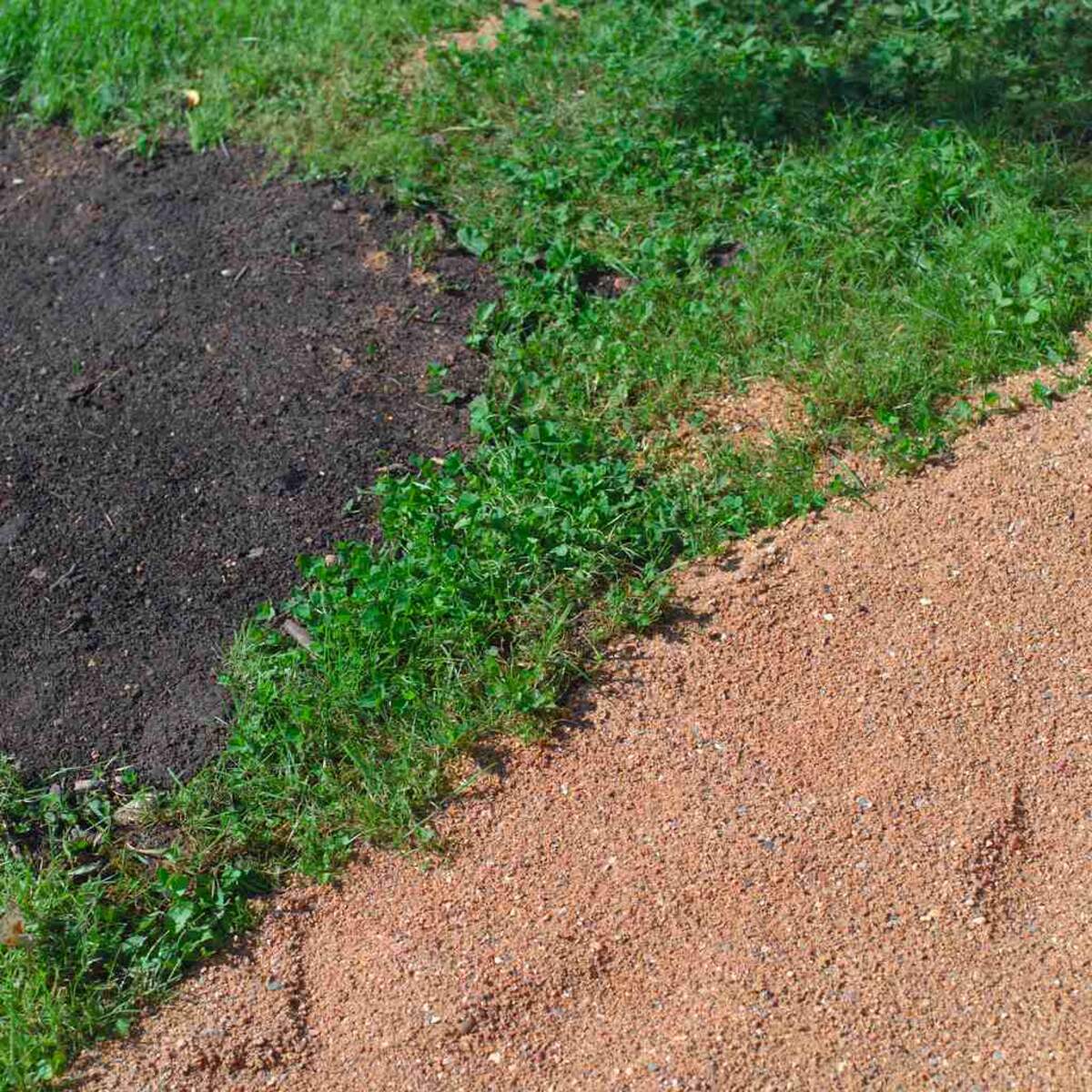
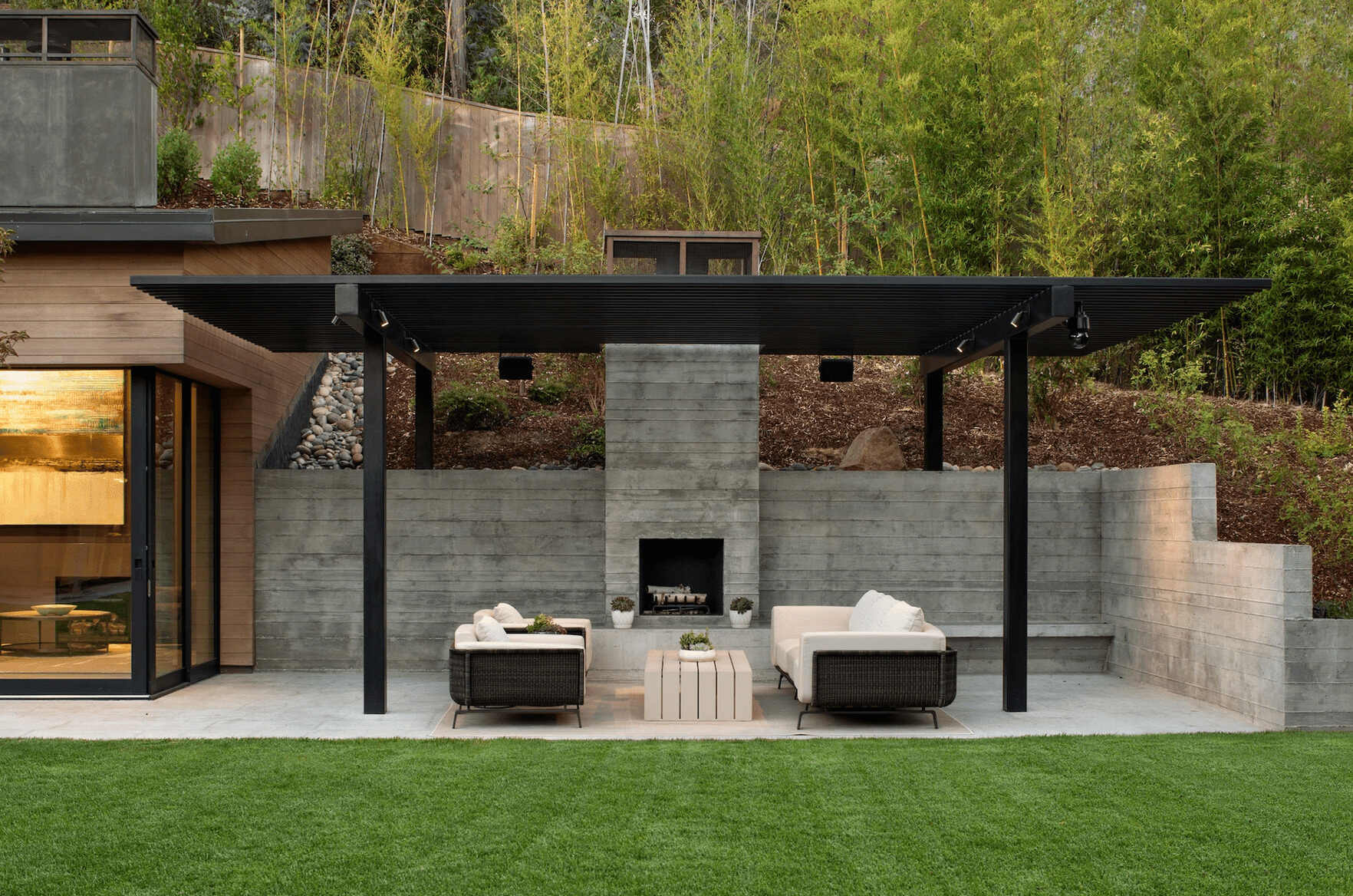
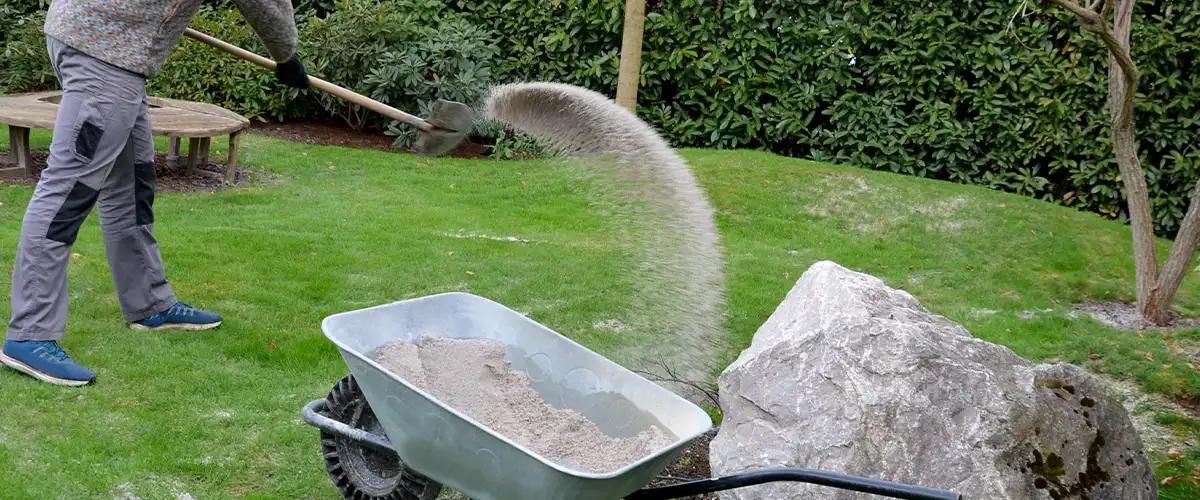
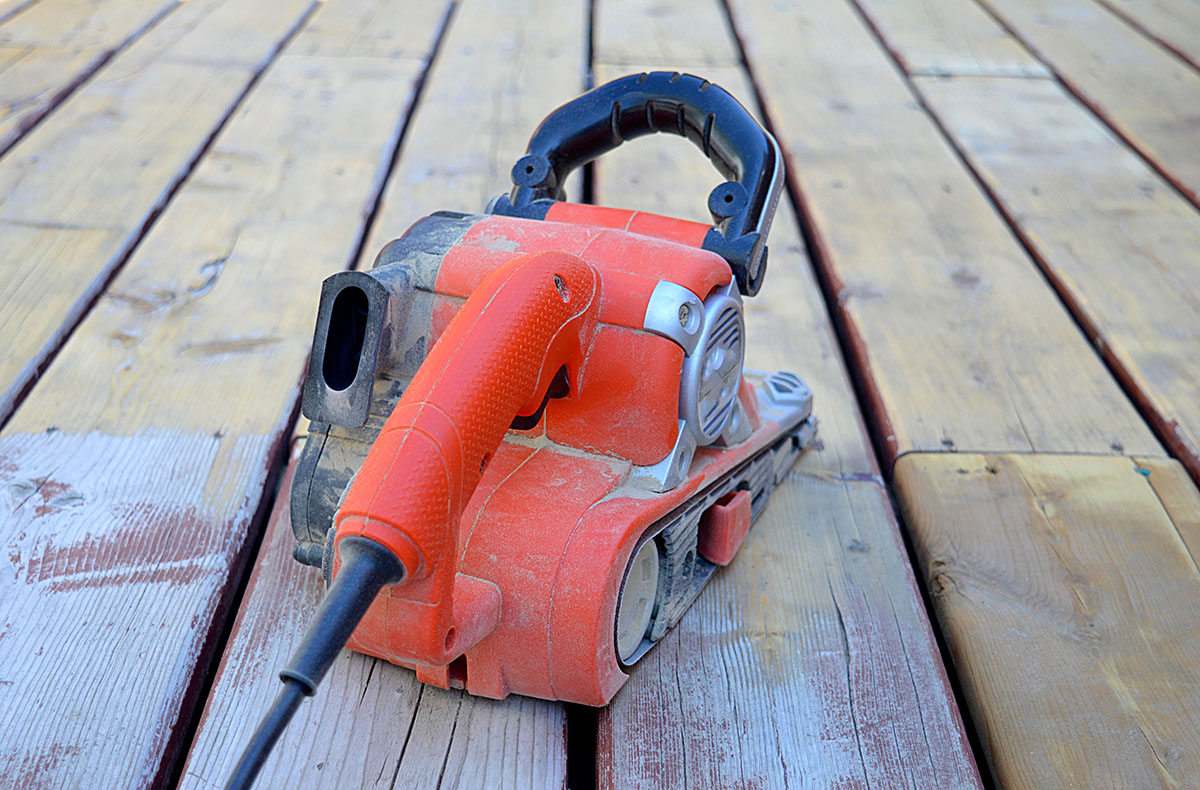
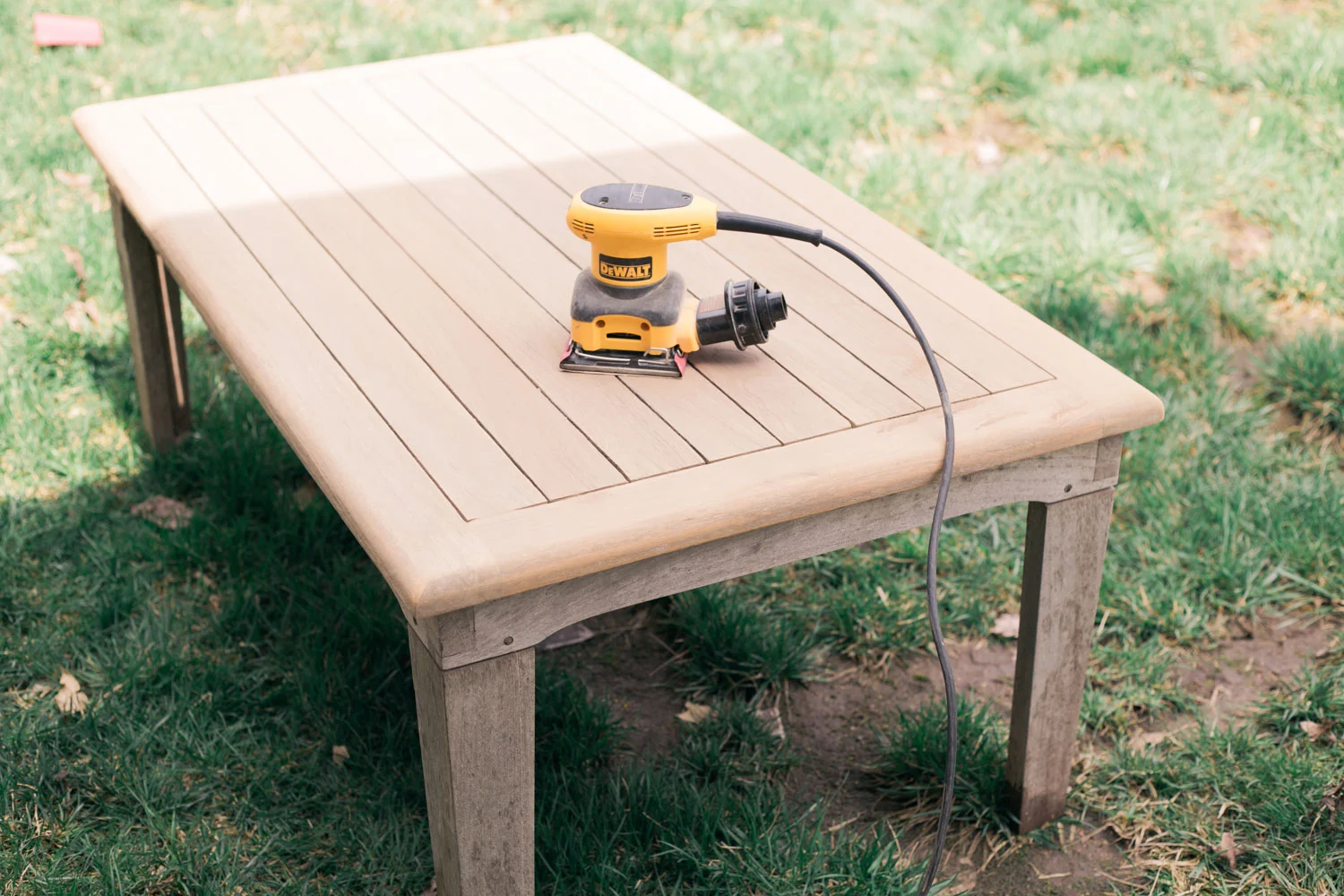
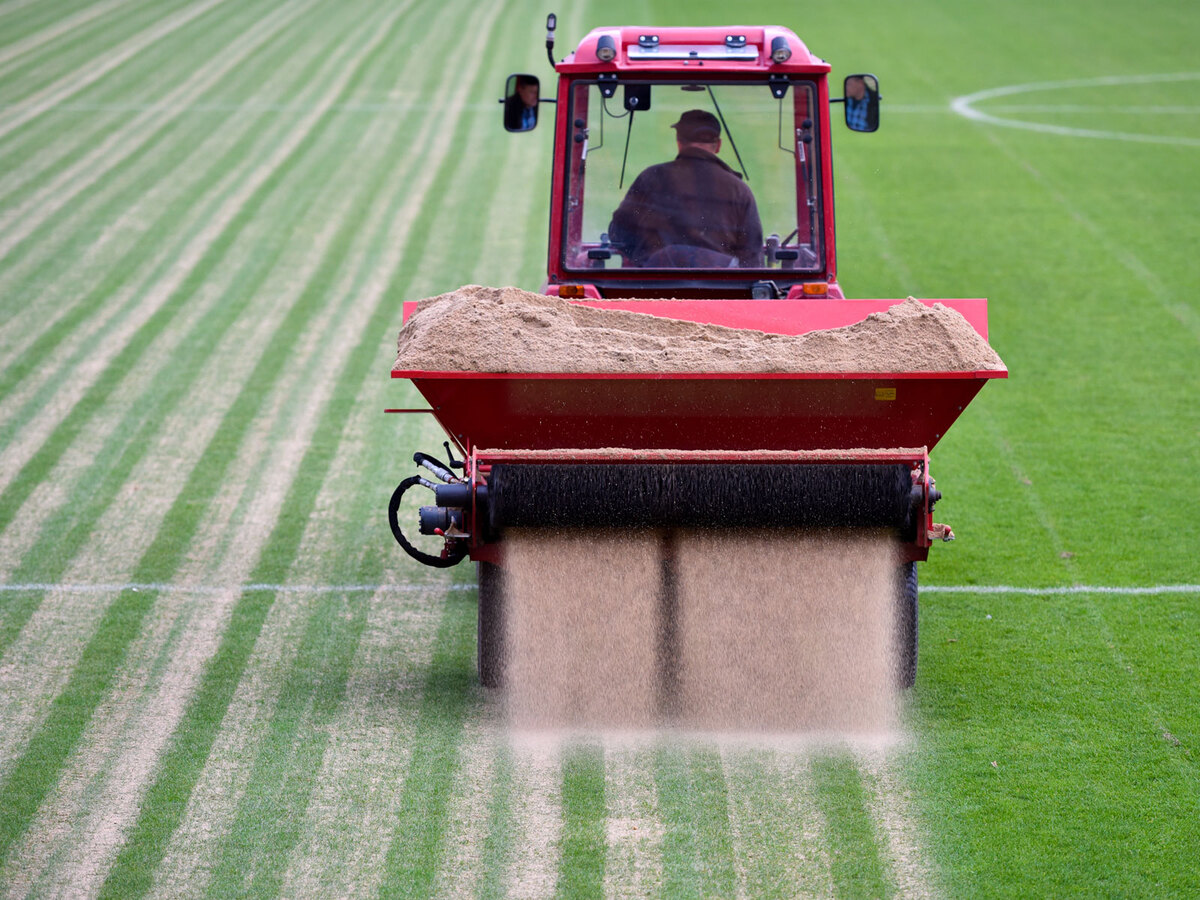
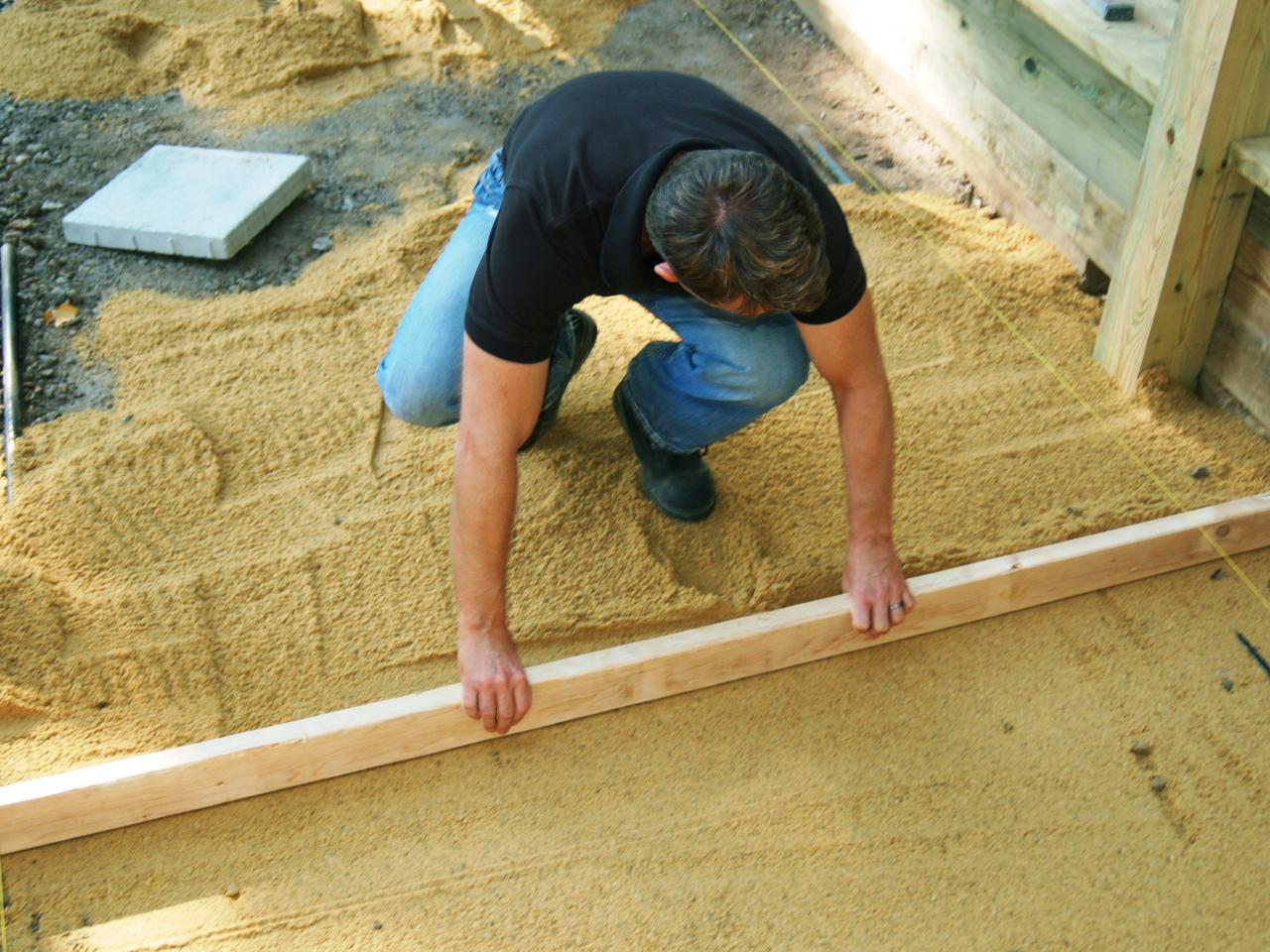
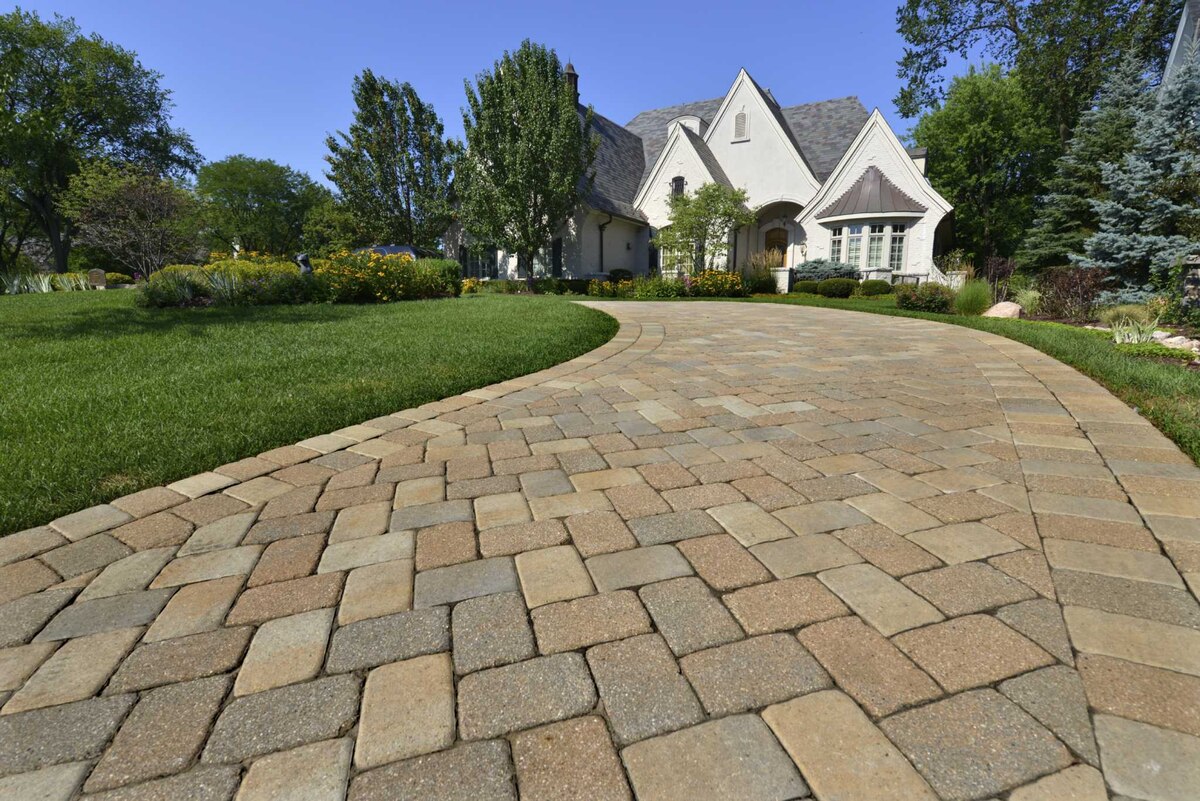
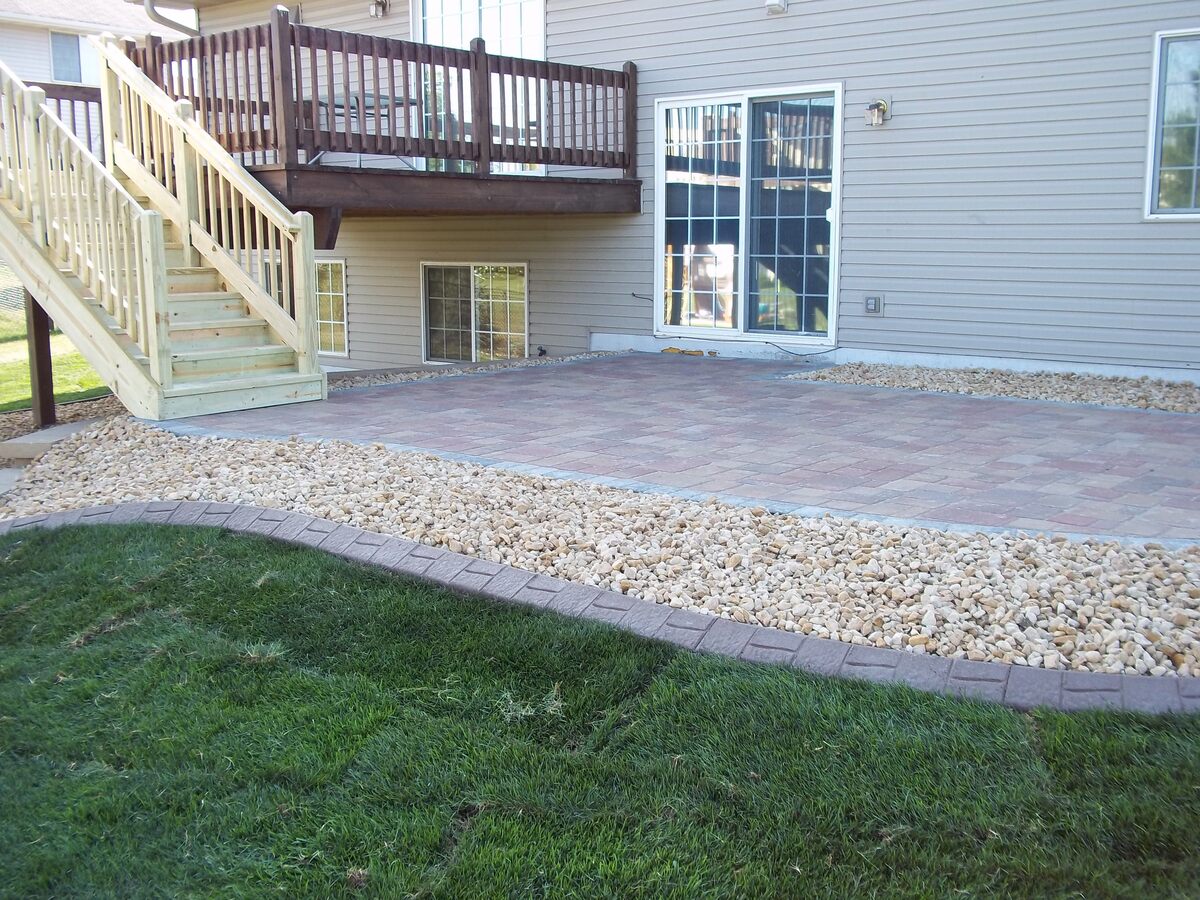
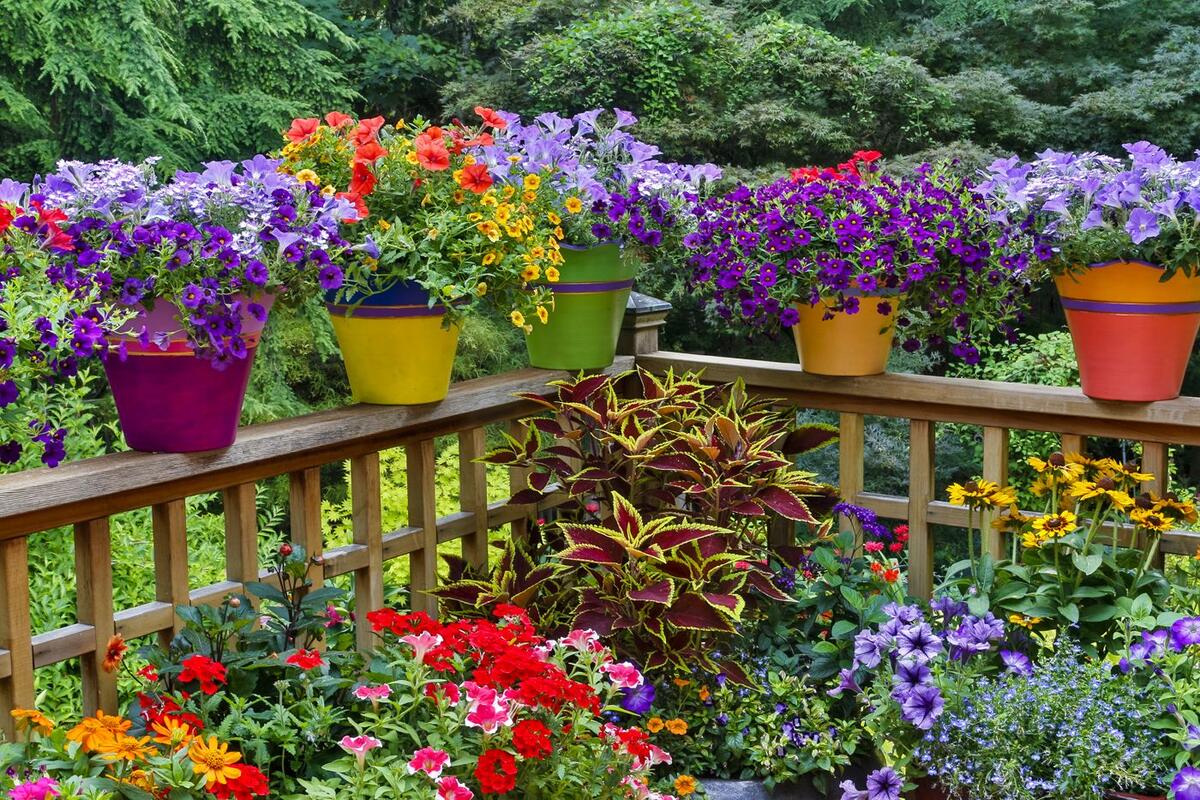

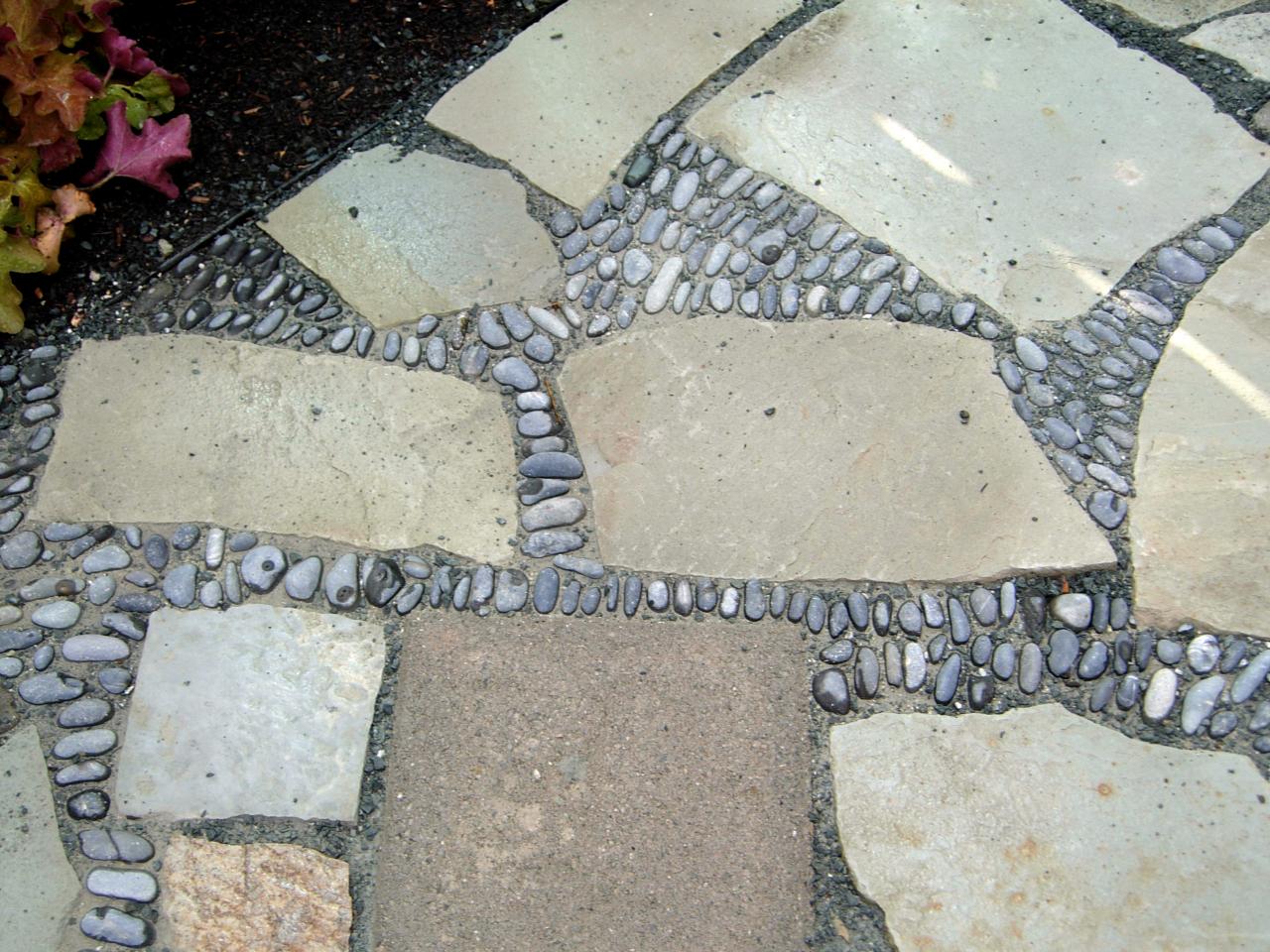
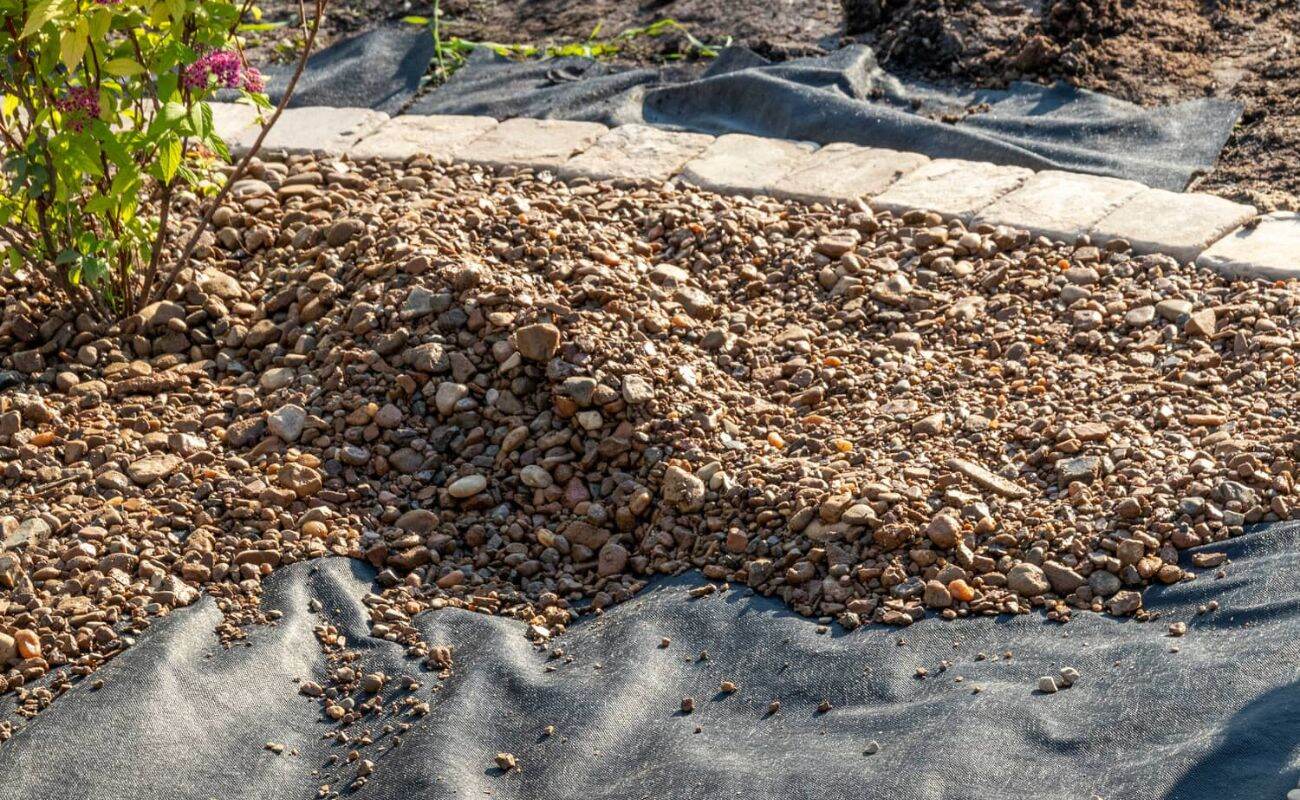

0 thoughts on “What Sand To Put On Top Of Artificial Grass”